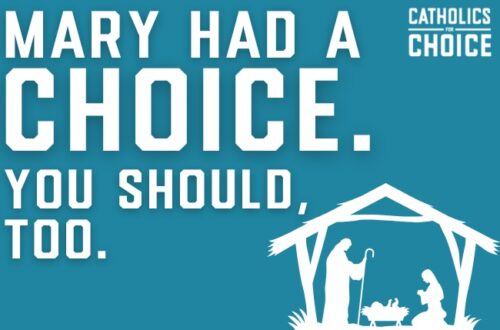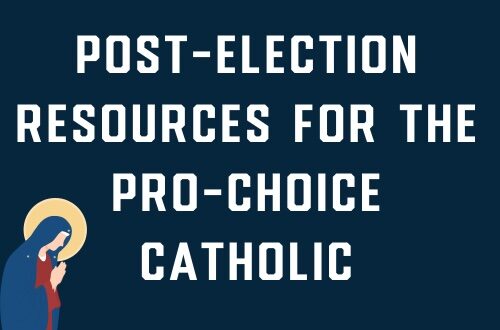The Wall of Separation: Freedom of and from Religion
Recently, the claim that religious liberty is under attack has reached a fevered pitch in some quarters. In Defending American Religious Neutrality, Andrew Koppelman posits that the present state of American law is not too “hostile” toward religion, nor is it too “friendly”—it gets it just right. Applying insights from political theory to the daunting task of bringing coherence to this widely criticized set of doctrines, he concludes that neutrality is the “master concept” that can help make sense of the religion clauses and the way they have been interpreted over time. According to the author, neutrality is “one of the world’s most successful legal strategies” to address religious diversity, which flourishes in our country. He cautions that dismantling this regime could result in “heightened civil strife, corruption of religion, and oppression of religious minorities.” Indeed, throughout this well-written and tightly argued account, Koppelman makes the key point—often ignored by those who claim that law is too stingy toward religion—that a central impulse animating American laws dealing with religion over the last several hundred years is the desire to keep government from corrupting religion.
 Although Koppelman describes his book as “primarily directed at scholars of law and political philosophy,” it nonetheless tees up questions directly relevant to ongoing public policy debates. In particular, he touches on two he dubs “central axes of controversy”—government funding for religion and religious exemptions from generally applicable laws.
Although Koppelman describes his book as “primarily directed at scholars of law and political philosophy,” it nonetheless tees up questions directly relevant to ongoing public policy debates. In particular, he touches on two he dubs “central axes of controversy”—government funding for religion and religious exemptions from generally applicable laws.
It is black-letter law that government money cannot directly fund religious activities. Koppelman explains how this principle, which has been clearly spelled out in legal statutes, fits into his overarching neutrality principle. “[N]o subsidy could possibly achieve the requisite neutrality among religions. Were government to attempt to fund religion-as-such, it would have to pick and choose whom to fund, and this would inevitably lead to discrimination among religions.” But that, of course, is not where the harms of government-funded religion end.
The book examines an Iowa prison program run by a religious group that privileged prisoners who allowed themselves and their families to be proselytized, and thereby disadvantaged prisoners that who would not submit to religious indoctrination. This clear constitutional violation was shot down by the federal courts (full disclosure: one of this review’s authors participated in the litigation).
Drawing an evocative analogy, Koppelman contends that: “The Iowa prison program shows that the delegation of state power to private entities, with no attention to whether nonreligious options exist, tends to abandon a regime of religious liberty in favor of something like the Peace of Augsburg of 1555: everyone is obligated to manifest adherence to the religious views of their own local lord or baron.”
He points out that if those seeking to undermine Establishment Clause protections get their way, the result could be as outlandish as assigning fire protection services to “a low-bidding Christian fire department that would provide services only to recipients who would acknowledge the divinity of Christ in the call for help.” Yet around the country every day, men and women are already at risk of discrimination when they take part in government-funded social service programs that are run through religious organizations. That’s because those programs lack effective safeguards to prevent organizations from denying services to people who don’t share their faith by, for instance, including worship or prayer in these programs; incorporating religious curricula; handing out Bibles or other religious tracts; or attempting to convert the beneficiaries. Thankfully, an Obama administration executive order requires that new policies be put in place across the federal government to create effective safeguards that protect against those abuses and thereby enforce the Establishment Clause.
The author also tackles the hot-button issue of religious exemptions from general laws. He focuses on the predicate question—how do we square religious accommodations with the Establishment Clause, which requires that religion not be favored and that laws must have a secular purpose? Koppelman argues that “accommodation is a permissible way of recognizing the good of religion, so long as it does not discriminate among religions.” And that “[o]nce it is acknowledged that the law treats religion as a good thing, then we can see that the task of accommodation is essentially that of balancing the good of religion against other goods.”
Men and women are already at risk of discrimination when they take part in government-funded social service programs that are run through religious organizations.
This, though, raises another set of questions: What does “balancing” entail? How do we know when claims for exemptions are based on actual substantial burdens on religion? What types of entities should be able to claim those exemptions? What happens when an exemption would impose harms on third parties? Defending American Religious Neutrality leaves these unanswered. Yet these are au courant issues in prominent policy debates as the nation sees a notable uptick in the effort to redefine religious liberty as a license to use religion to discriminate. Some businesses want to withhold health insurance coverage for contraception from their employees, denying equal healthcare access. Others close their doors to gay and lesbian couples, refusing to sell them wedding cakes or flower arrangements. In each instance they claim that complying with antidiscrimination measures is an affront to their religious liberty.
While these questions are beyond the intended scope of this book, he does highlight the fact that “most forms of discrimination that the [14th] amendment forbids have at one time or another been sincerely defended on religious grounds.” Given that landscape, Koppelman explains that without the requirement that all laws have a secular purpose, many other areas of constitutional law would be unrecognizable. Take, for example, Loving v. Virginia, the Supreme Court case that invalidated interracial marriage bans. There, the trial court turned to religion to justify the ban: “Almighty God created the races white, black, yellow, malay and red, and he placed them on separate continents…. The fact that he separated the races shows that he did not intend for the races to mix.”
The Supreme Court, Koppelman notes, “did not even pause to consider whether the trial court had correctly understood God’s intentions. Instead, it invalidated the law because it was ‘designed to maintain White Supremacy,’ and because the purpose of the statute thus ‘violate[d] the central meaning of the Equal Protection Clause.’ Without the secular purpose requirement, the Court could not have delivered the opinion it did.”
This history speaks to more than just secular-purpose considerations. We are reminded daily that religion remains a justification for discrimination each time a new case challenging the federal contraceptive coverage rule is filed or a gay couple has a shop door slammed in their faces. If the state can’t justify discriminatory laws based on theological arguments, should institutions and businesses be able to skirt equality-advancing laws by using religion as an excuse?
While Koppelman’s scope is sweep–ing, seeking to both “describe and defend” American religious law, his ultimate claims are modest. He acknowledges that his analysis “will not resolve” questions like the ones posed above. “What it can do,” he offers, “is highlight the areas of agreement that are the background of these disputes,” endeavoring to set the stage for the next round of debate. As courts, legislatures and the executive branch continue to work their way along these axes of controversy, we hope that claims using religion to discriminate will someday become a thing of the past, ensuring that the state of religious liberty remains strong.
Defending American Religious Neutrality
Andrew Koppelman,
(Harvard University Press, 2012, 256 pp)
978-0674066465, $49.50



